The Edgeless Divide by Sun Young Kang, Susquehanna Art Museum, Harrisburg, PA.
“Nearly every facet of life that we understand is dependent on our visual perception of the world, predisposing us to only see the “present.” But it is not difficult to perceive that our world is composed of two antithetical ideas: presence and absence, life and death. These ideas can be understood in the Buddhist philosophy of “Emptiness”—every existence, every single moment that has ever existed, can only be conceived as either past or future. The abstract nature of this concept is often difficult to grasp, but my work is an attempt to secularize this fundamental idea.
Negative space in various structures of books or installations is the essential part of my work. The empty space suggests to readers or viewers a meditative moment. In this moment, the negative space provides an opportunity to reflect on one’s self and the meaning of Emptiness in our lives. I cut out pages, burn out texts, hang prints in space or cast various containers to create a physical and metaphorical Emptiness. The important parts of the structures are absent. The absence becomes a presence in the visual objects.
Most recently I have created installations consisting of many tiny tubes that question the boundary of all antithetical ideas. Boundaries can be physical and visual, but also language, religion, culture, politics, indeed all human relationships and social creations involve boundaries. Whether a boundary is physical or not, it does not just divide one entity from another, it implies another side or space or existence. Light and shadow and the delicacy yet strength of thin paper are metaphors for the inseparability of life and death. They are also installation devices creating two conceptual spaces.
Through the irony of my working process, which is visualizing non-visuals, I try to question this non-describable concept—the continual parallels of presence and absence, their inseparability. I also would like the audience to think about the meaning of absence in their lives as part of nature, through their own interpretation of “Emptiness.”
– Sun Young Kang, sunyoungkang.com
The Edgeless Divide by Sun Young Kang, Susquehanna Art Museum, Harrisburg, PA.
HOURS & ADMISSION: Monday, closed, Tuesday through Saturday 10:00 AM – 5:00 PM
Sunday 12:00 – 5:00 PM
Adult Admission: $8, Military, Seniors (65+), & Educator Discount: $5, Children under 12: FREE
1401 North 3RD Street, Harrisburg, PA 17102, (717) 233-8668
Thanks to Sun Young Kang for the content of this post.
Like Susquehanna Art Museum on facebook
Like DoNArTNeWs Philadelphia Art News Blog on facebook
Follow the new DoNArTNeWs.com
Follow DoN on Twitter @DoNNieBeat58
DoNArTNeWS on Tumblr
@donniebeat on Instagram
Affiliate Marketing [disclosure page] Shop on-line and help support DoNArTNeWs
Donate via safe and secure PayPal in the sidebar.

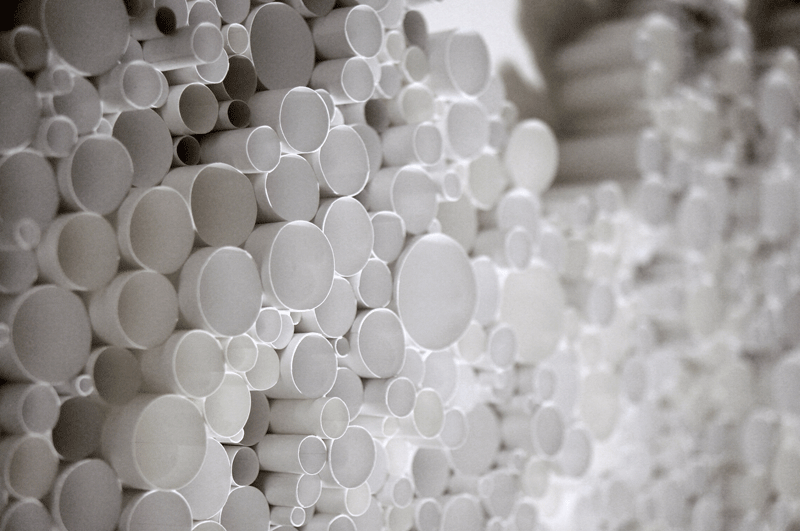
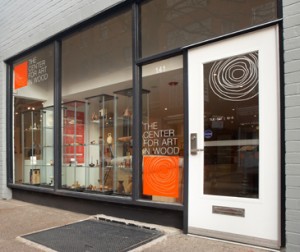
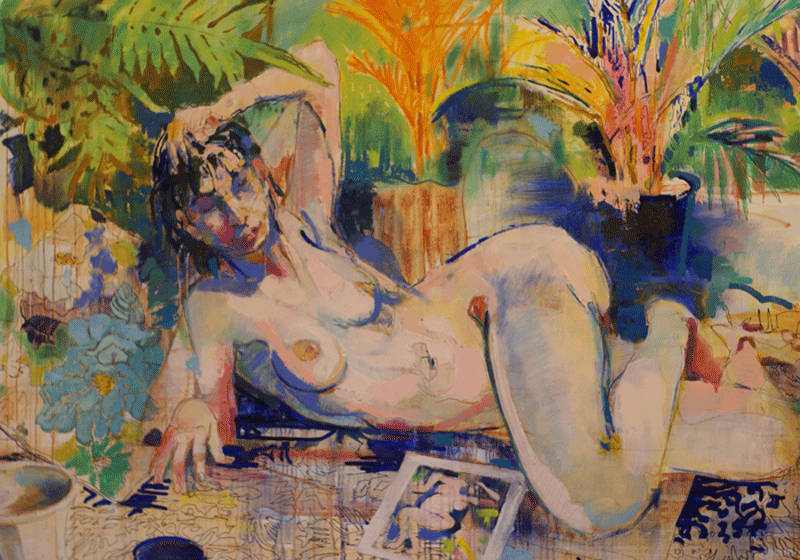
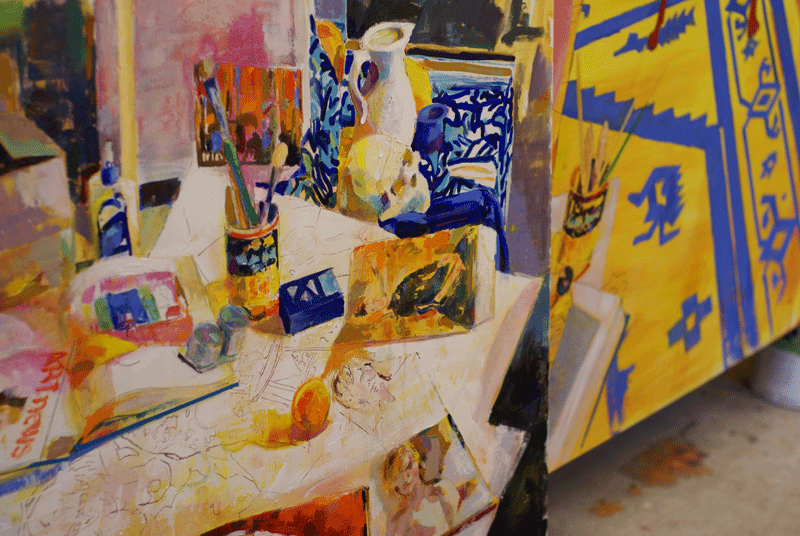
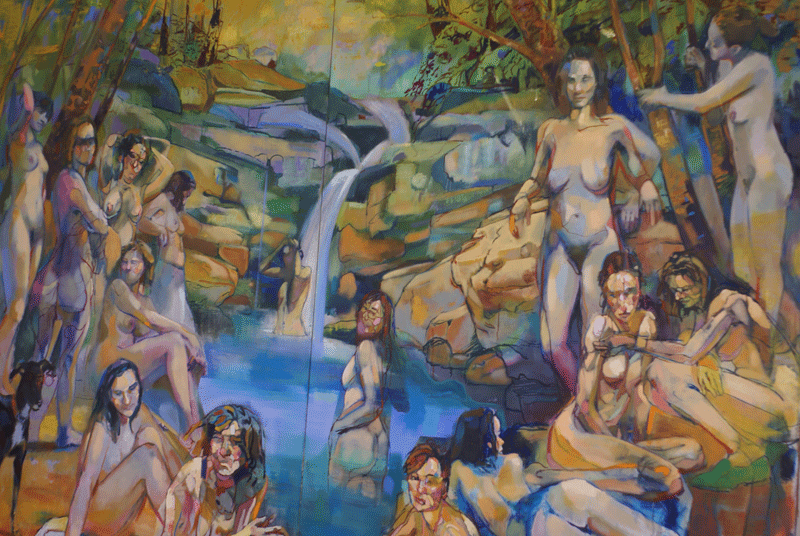
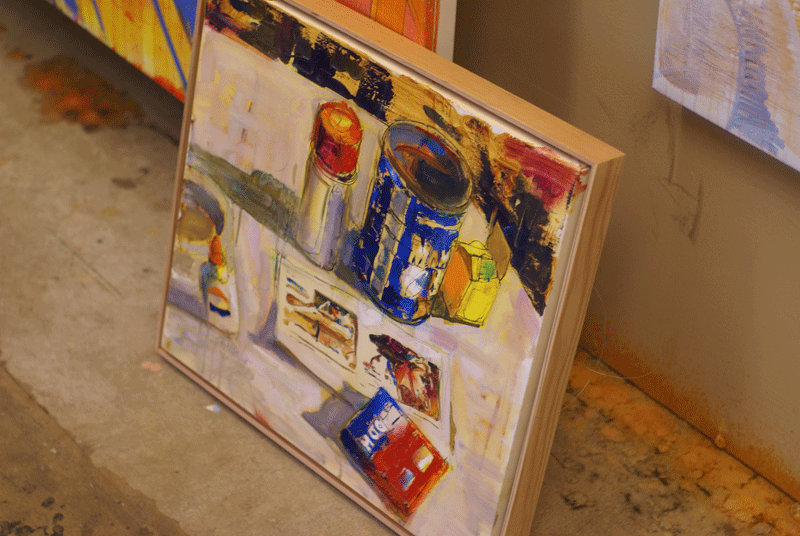

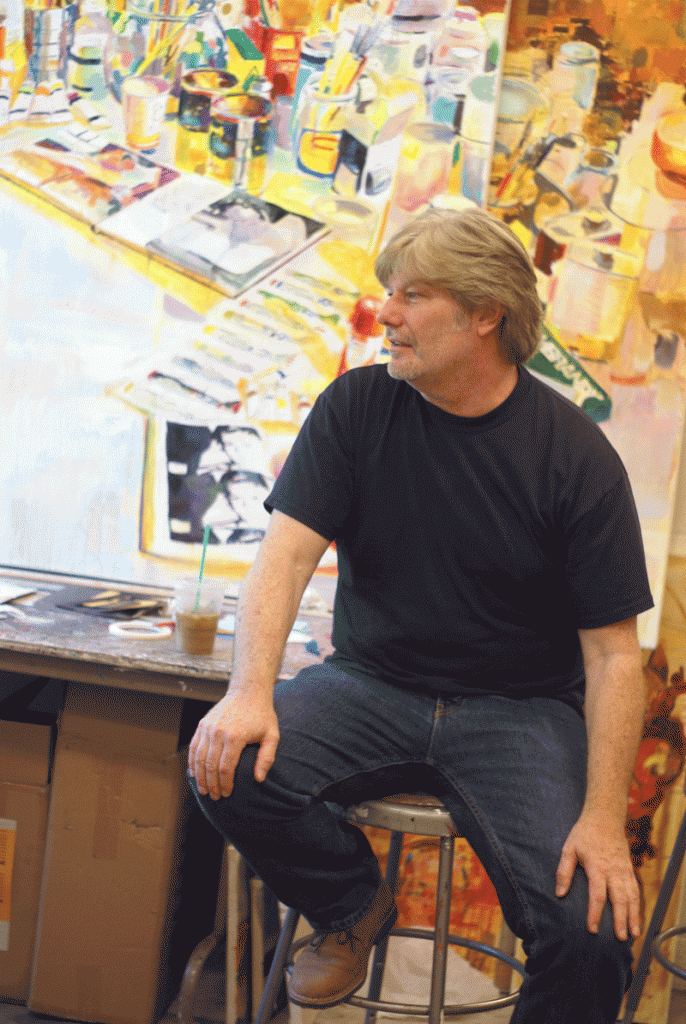
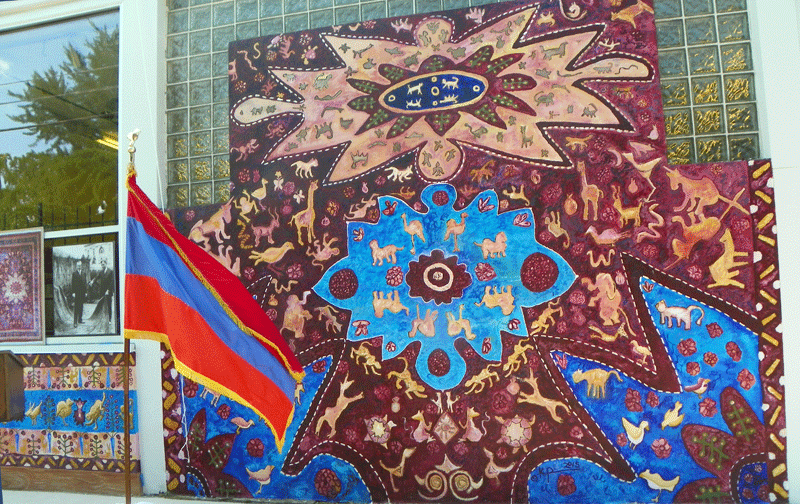
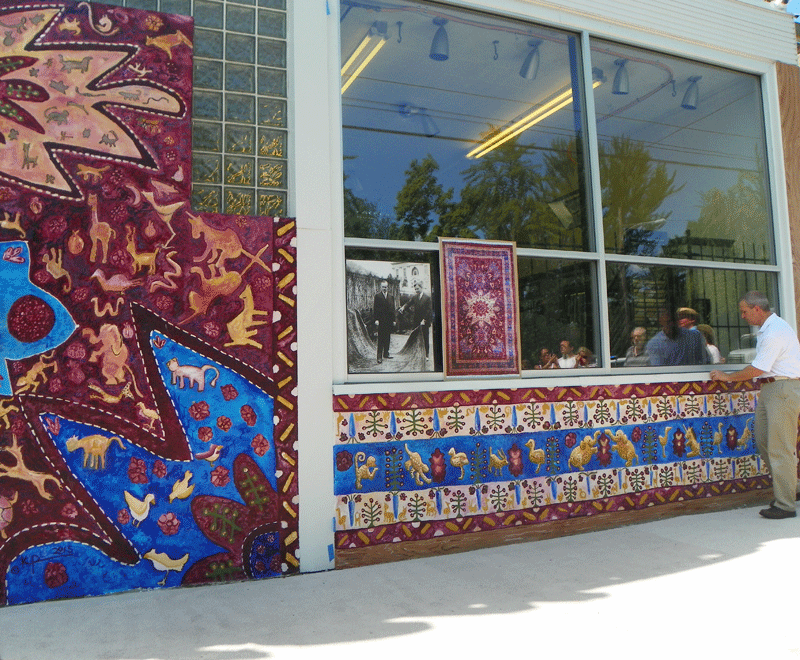
 Armenian Orphan Rug Mural at
Armenian Orphan Rug Mural at 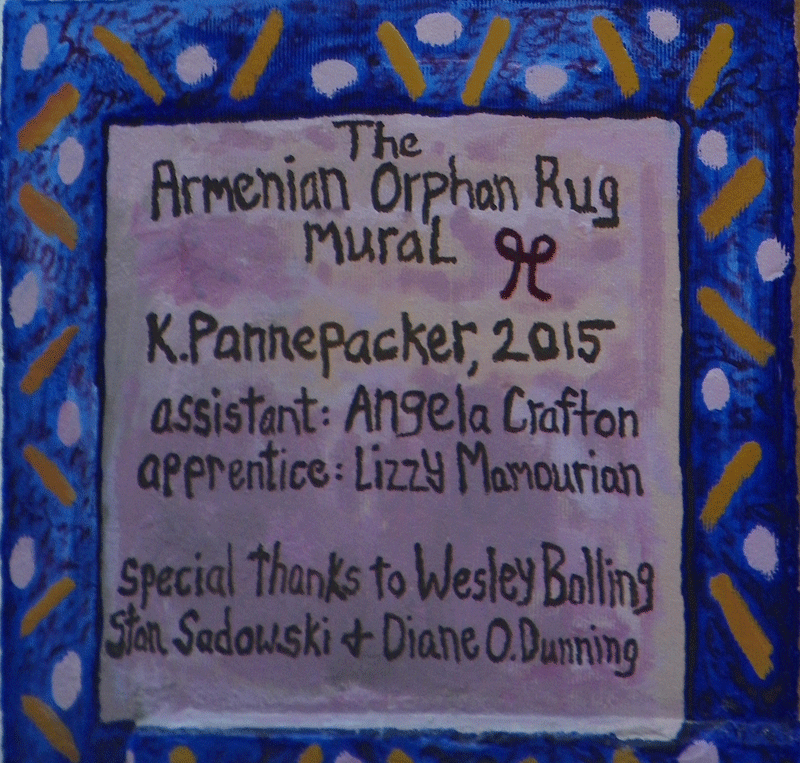

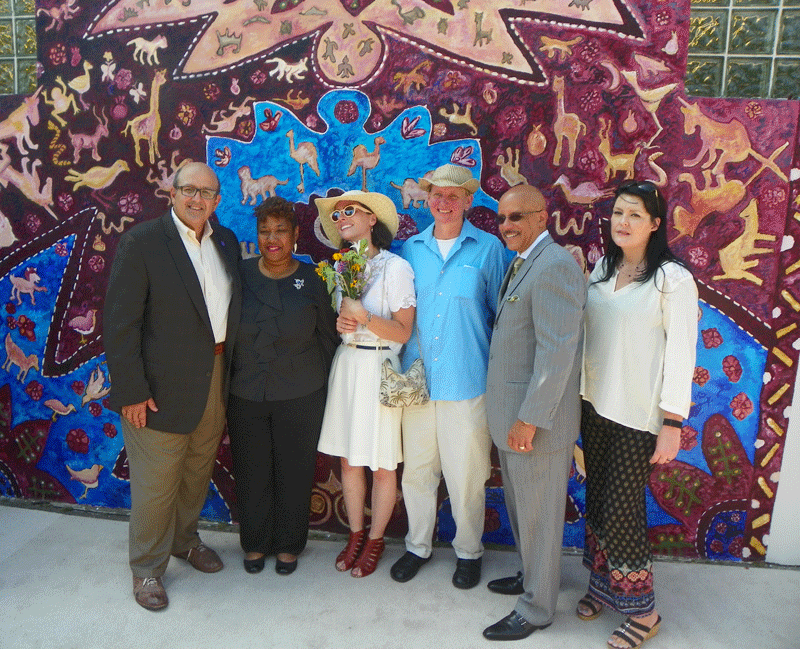
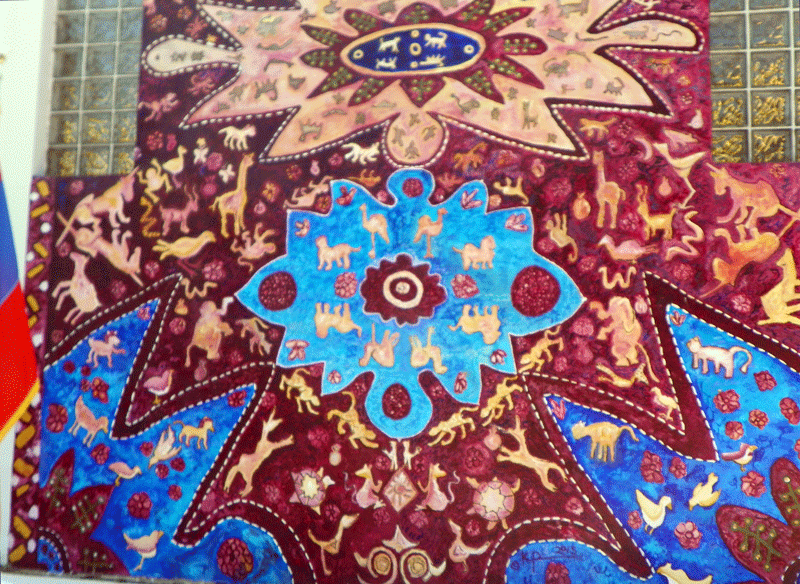 Armenian Orphan Rug Mural at
Armenian Orphan Rug Mural at 